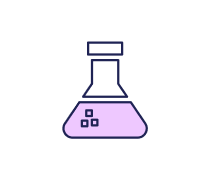10 - Science - 10. Chemistry – Atoms And Molecules
2.
You may optionally provide this to label your report, leaderboard, or certificate.
×
Thank you for your feedback!
















